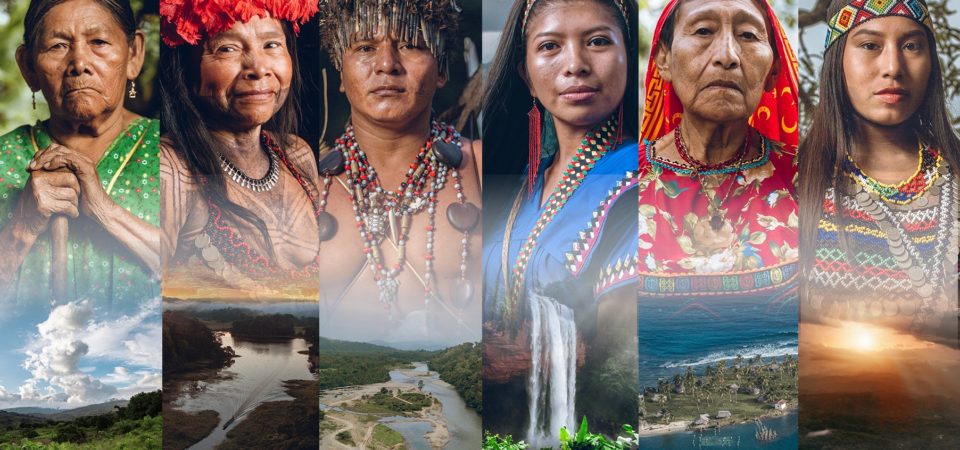An open-source template towards regenerating our planet’s ethno- and biodiversity
Perhaps one of the most valuable tips a Panamanian guide has ever received was nothing more than a signed photo. “To Chief Antonio,” wrote Astronaut Jim Irwin on a picture of him standing on the moon next to the Apollo 15 lunar roving vehicle. “Thanks for preparing us for this trip.” It was among several thank-you notes that the late Indigenous Emberá Chief Antonio Zarco received from the likes of astronauts Neil Armstrong, John Glenn, and countless other graduates of a jungle survival program that he led for many years for the US Air Force and NASA.
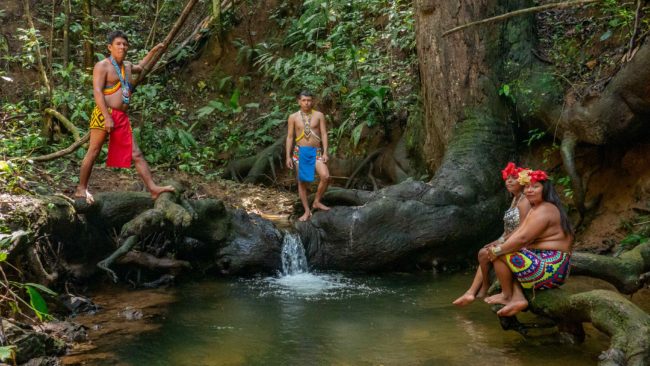
“As we set out two and a half years ago to scale up and transform Panama’s tourism and hospitality industry, the life-changing experiences of the US astronauts, in contact with the biocultural heritage of the Emberá, were foremost on our minds,” said Iván X. Eskildsen, Minister of Tourism for the Republic of Panama. “As a nation with a 500-year history dominated by a focus on interoceanic commerce, at that time Panama was far from making it onto any of the 10 Hottest Destinations lists. We were too late to even consider entering the beds-and-beach-amenities race. So we decided, let’s focus on our natural strengths.”
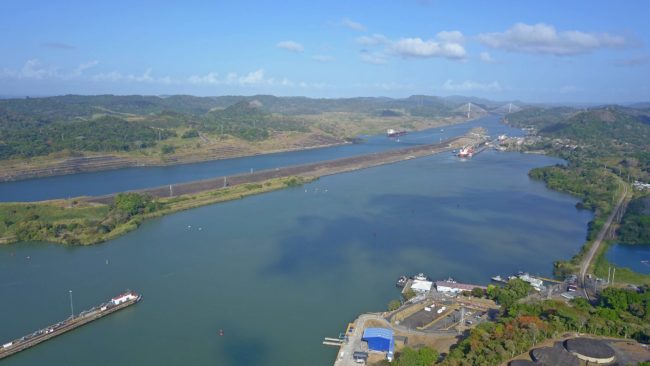
Panama is a crossroads of extraordinary biological and cultural diversity linking the American continents and bridging two great oceans rich in significant world history. The country is home to 100 years of top-level scientific fieldwork led by the Smithsonian Tropical Research Institute (STRI). The STRI presence includes 12 Research Facilities, including Barro Colorado in Panama, considered the most intensively studied tropical forest in the world.
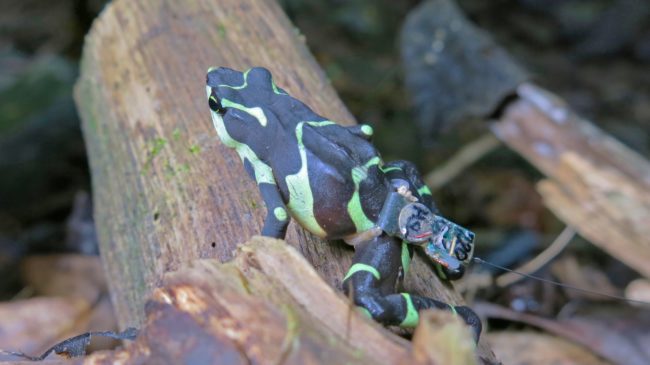
“Our first step, with the enthusiastic support of President Laurentino Cortizo Cohen, was to update the Tourism-Conservation-Research (TCR) model implemented in 1999 by Dr. Hana Ayala,” said Minister Eskildsen. “We fully embraced her pioneering vision of focusing on tourism as an economic catalyst for the conservation of our natural and cultural heritage, through scientific research. We set out to achieve nothing less than a paradigm shift for a more inclusive tourism model, one that showcases the extraordinary ethnodiversity and biodiversity of the country. Thanks to outstanding infrastructure and ease of access for tourism throughout the Panamanian isthmus, we could offer compelling business opportunities while aligning with the United Nations Sustainable Development Goals (SDGs).”
While traditional tourism models that focus on sun and beach, shopping, casinos, and hotel resorts will continue in Panama, this solid alternative is an inclusive and appealing proposal for the “discerning traveler,” estimated to exceed 500 million travelers worldwide, and considered one of the fastest-growing segments in the tourism industry. The discerning traveler is seeking transformative and regenerative travel experiences over amenities. They are drawn to travel with a purpose, getting involved in improving the lives of local people and communities.
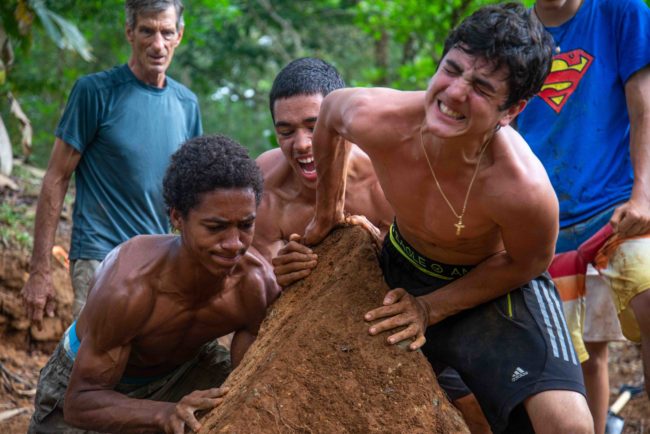
By generating a sustainable income for vulnerable communities, the Panama model allows for the ongoing management of forest and marine environments, which generates non-carbon benefits and mitigates the effects of climate change as outlined in Article 5 of the United Nations Framework Convention on Climate Change Paris Agreement.
This newly updated model fosters intercultural exchange; both the host community and the traveler are enriched by the experience. This effect is maximized by encouraging visitors to respect the communities’ heritage as well as the surrounding nature. It strengthens indigenous groups and local communities’ sense of identity and value through economic participation and also aims to bring science closer to ancestral knowledge through tourism. This can be accomplished as science considers the importance of the biocultural heritage of the indigenous people.
Comprising less than 5% of the world’s population, indigenous people protect 80% of global biodiversity. Biocultural heritage is important to preserve the last wild places on Earth, the carbon sinks that, in a delicate balance, still absorb enough carbon to compensate for the contaminating way of life of industrialized countries.
“Our ambition is to implement this tourism economic model as an open-source template that contributes to the regeneration of our planet’s ethno- and biodiversity,” said Minister Eskildsen. “Because of Panama’s unique characteristics, we believe it is the ideal location to promote and lead this effort.”
Panama‘s tourism model is now being recognized internationally. Because of the work empowering local communities, the country was chosen as the top global destination in the 2021 Newsweek Future of Travel Awards. The Panama model has also been highlighted in the United Nations World Tourism Organization Future of Tourism World Summit, and the Panama Sustainable Tourism Master Plan was identified by The United Nations Educational, Scientific and Cultural Organization as an innovative vision of how to face sustainable tourism for the future.
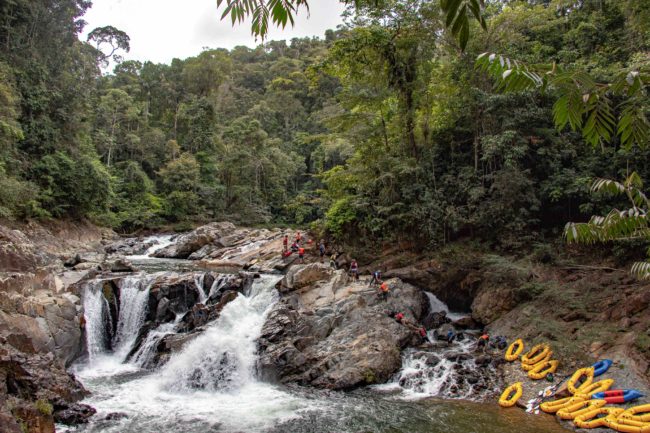
Panama has recently achieved the ambitious 30×30 ocean protection goal by expanding the marine protected area of Cordillera de Coiba, and a new law in Panama grants nature the “right to exist,” in a groundbreaking policy that goes into effect in 2023.
Recently, in February 2022, in the Republic of Panama, tourism leaders from different parts of the world signed the Declaration: “Transformation towards the Future of Tourism“, a commitment for public and private sector leaders to work together and seize the opportunity, placing sustainability and inclusion at the center of the restart and recovery of tourism.
From the declaration, a Panamanian initiative based on the “Panama Sustainable Tourism Model,” we can conclude that the future of the planet is in the collaboration of all members of the civilized world and that tourism has the potential to bring the ancestral wisdom of local and indigenous communities closer to the most advanced scientific and economic knowledge, generating valuable economic development for these communities and priceless experiences for the traveler. The benefits of that approach can be put into service for the long-term management of integrated ecosystems. At the same time, the Declaration also makes clear the signatories’ commitment to advance the “transformation towards a carbon-neutral and more socially resilient tourism economy.”
“Thanks, Chief Zarco, for preparing us for this trip.”
David Meerman Scott is a Sales & Marketing Strategist, entrepreneur, and best-selling author of ten books. He has spoken on all seven continents and in 40 countries to audiences of the most respected firms and organizations. David is co-founder and partner in Signature Tones, a sonic branding studio specializing in creating sonic logos and original music for use by organizations in their branding efforts. He has a BA in economics from Kenyon College. David is a member of the Geoversity Foundation Global Advisory Board and has traveled to Panama each year for the past decade to help draw attention to climate change.
Dario Jhangimal is Advisor to the Minister of Tourism, Government of Panama. He holds a degree in industrial engineering and a black belt in Brazilian Jiu-jitsu. Dario has dedicated many years to studying, coaching, and practicing different disciplines. This lifework has developed in him practical useful skills providing the right tools to solve dynamic problems and implementing creative solutions with methodology and consistency. Before advising the Minister of Tourism in 2019, Dario was involved in several collaborative ventures. He specifically focused on the development of independent initiatives that pursue the empowerment of local communities, the appreciation of art, and the strengthening of local traditions. These efforts continue with the implementation of creative strategies with the Minister of Tourism to economically empower local communities to preserve their cultural identities, ecosystems, and the environment through tourism.
The MAHB Blog is a venture of the Millennium Alliance for Humanity and the Biosphere. Questions should be directed to joan@mahbonline.org

